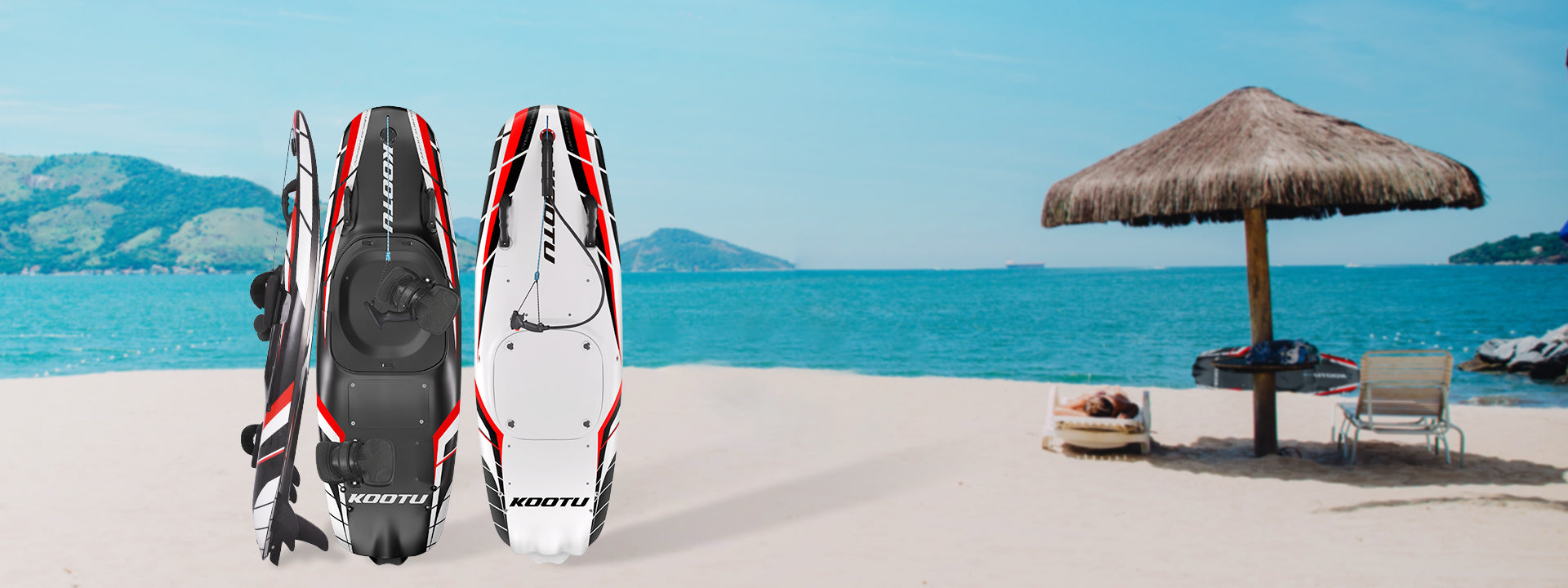How to Adjust Your Bike Saddle to the Perfect Height?
Finding the right bike saddle position is one of the most important steps to improve your cycling comfort, efficiency, and performance. A poorly adjusted saddle can lead to knee pain, numbness, and lower back discomfort — all of which can make your rides less enjoyable.
Here’s how to set your saddle height, fore-aft position, and tilt angle correctly so your bike fits you perfectly.

1. Adjusting the Saddle Height
Your saddle height affects how efficiently you pedal and how comfortable your knees and hips feel.
If the seat is too high, your hips may rock side to side as you pedal, leading to strain in your lower back.
If it’s too low, your knees will stay too bent, causing fatigue and discomfort over long rides.
Here’s how to find your ideal saddle height:
Sit on your bike and place your heel on the pedal.
Rotate the pedals backward until one pedal is in the lowest position.
Your leg should be almost straight, with a slight bend at the knee.
When you switch to your normal pedaling position (ball of your foot on the pedal), your knee should maintain a 25–35° bend at the bottom of the stroke.
💡 Pro Tip: You can fine-tune the height in small increments (2–3 mm) until you find what feels smooth and natural. Use a bike fit app or visit a bike fitter for the most precise measurement.
2. Setting the Saddle Fore-Aft Position
The fore-aft position (how far forward or backward your saddle sits) affects your balance and power delivery.
If the saddle is too far forward, you’ll put excessive pressure on your hands and wrists. Too far back, and your pedaling will feel inefficient.
To set it correctly:
Sit on your bike with the pedals level (one forward, one back).
Drop a plumb line (or use a string with a small weight) from just below your kneecap.
The line should pass through or just behind the pedal axle of your front foot.
This setup keeps your body centered over the bike, allowing for smooth and efficient pedaling with less strain on your joints.
3. Adjusting the Saddle Tilt (Angle)
The tilt angle of your saddle can make a big difference in comfort—especially on long rides.
A level saddle is ideal for most riders, as it distributes weight evenly across your sit bones.
If you feel pressure in the front of your saddle, tilt it slightly downward (1–2 degrees).
If you tend to slide forward, tilt it upward just a bit.
Avoid extreme angles, as too much tilt in either direction can cause wrist pain or saddle numbness.
Use a spirit level to check alignment and make small adjustments until it feels balanced.
4. Test and Fine-Tune
Once you’ve made these adjustments, take a short ride and pay attention to how your body feels:
Your knees shouldn’t hurt.
Your hips should stay stable.
You should feel balanced without sliding or reaching too far.
If anything feels off, don’t hesitate to tweak your setup again — sometimes, even a few millimeters can make a noticeable difference.
Final Thoughts
Getting your bike saddle height and position right is key to enjoying every ride. A well-fitted saddle enhances comfort, improves pedaling efficiency, and helps prevent injuries.
Whether you’re a beginner or an experienced cyclist, taking the time to adjust your saddle height, fore-aft position, and tilt will make your bike feel like an extension of your body.













